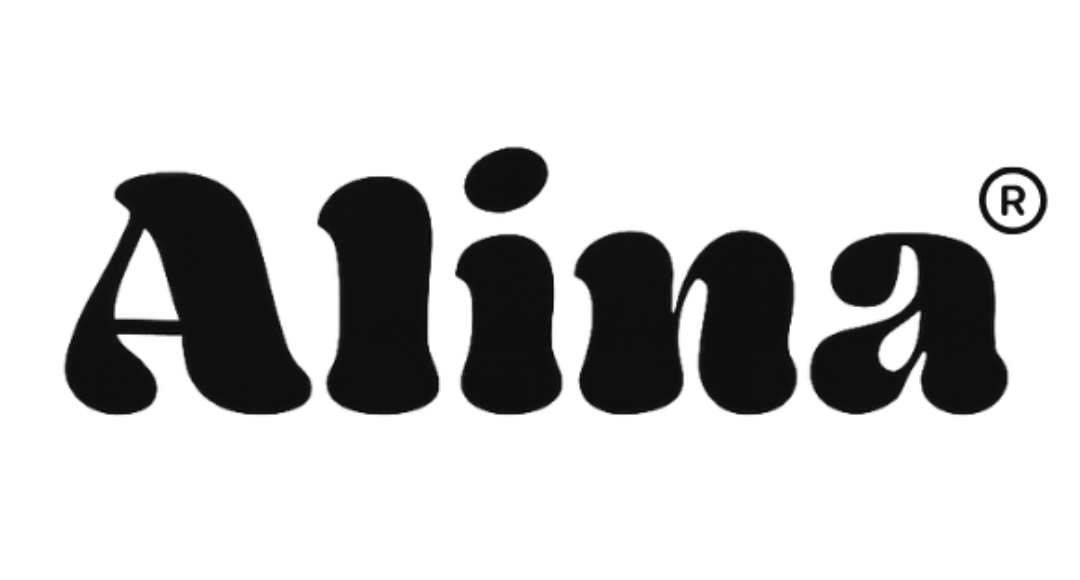Less blue, more red light therapy and a deep night's sleep will follow
Discover the Benefits of Red Light Therapy Lamp for a Better Night's Sleep
In the spotlight of modern technology, there's often talk about the dangers of blue light and its impact on our sleep. But let's be honest, while blue light is having its moment in the spotlight, we've overlooked a secret hero: red light . Everyone's talking about the problem, but let's talk about a solution, and why that solution might just cast a warm, red glow on your nighttime adventures.
Amidst the blue light commotion, it's high time to shine a spotlight on the forgotten warrior of the light spectrum: red light . Too much blue light at the wrong time is the culprit and should definitely be limited, but we can also counteract it with red light ...

Light spectrum
Light is the electromagnetic energy that naturally originates from the sun. It consists of tiny particles known as photons and manifests as vibrations (waves). The frequencies of these light waves are usually measured in nanometers (nm), where a nanometer is equal to one millionth of a millimeter. The human eye can perceive frequencies within the range of approximately 380 nm to 780 nm. Wavelengths at the shorter end of this spectrum carry more energy than the longer wavelengths.
The human eye is remarkably sensitive to light and can convert a signal based on its energy level into what we perceive as color. Different colors can be distinguished, such as:
- Violet (380 nm – 435 nm)
- Blue (435 nm – 520 nm) (Find all about blue light in this blog )
- Green (520 nm – 565 nm)
- Yellow (565 nm – 590 nm)
- Orange (590 nm – 625 nm)
- Red (625 nm - 780 nm)
Outside the visible spectrum we find:
- Ultraviolet (UV) (280nm - 380nm)
- Infrared (IR) (750 nm – 1 mm)

Red Light
Red light , with longer wavelengths, is most prevalent during the morning and evening hours when the sun is lower in the sky. This red light serves as a natural signal for our body. In the morning, it signals that it's time to wake up and start the day. In the evening, it triggers the release of melatonin, our sleep hormone, preparing the body for rest and sleep.
Interestingly, we can, to some extent, mimic the beneficial effects of morning and evening sunlight using red light therapy . This therapy uses specific wavelengths of red light to mimic the sun's natural signals. In the morning, red light can help boost alertness and energy, while in the evening it can help support a healthy sleep cycle by promoting melatonin production. This approach offers an interesting opportunity to support our daily rhythms and further explore the importance of light for our well-being.
How and When to Apply Red Light Therapy?
Red light therapy has recently become popular as a possible way to support our well-being, but how do we best apply it and when? Here are some guidelines for getting the most out of this therapy.
In the morning, it's ideal to be exposed to red light for about 15 minutes. This can be done directly on the body or in the eyes. The good news is that there's no evidence that red light is harmful to the eyes, making it safe to use. This morning exposure can help boost alertness and promote positive energy to start the day.
For evening use, it's recommended to turn on the light after sunset. This can help support a healthy sleep cycle by promoting the natural release of melatonin. It's especially helpful during the winter months, when the days are shorter and our circadian rhythms sometimes shift out of sync with natural sunrise and sunset. In summer, we often already have sufficient exposure to natural light, reducing the need for supplemental red light therapy .
In short, applying red light therapy in the morning and evening, in the right way and at the right times, can be a valuable addition to our daily routine, especially when natural sunlight exposure is limited.
Curious about more sleep advice and personal tips? Sign up for our newsletter and receive a 10% discount on your first order. Let us guide you to a world of deep sleep and energy throughout the day!
Alina - Sleep advice for the hustle and bustle of everyday life!
